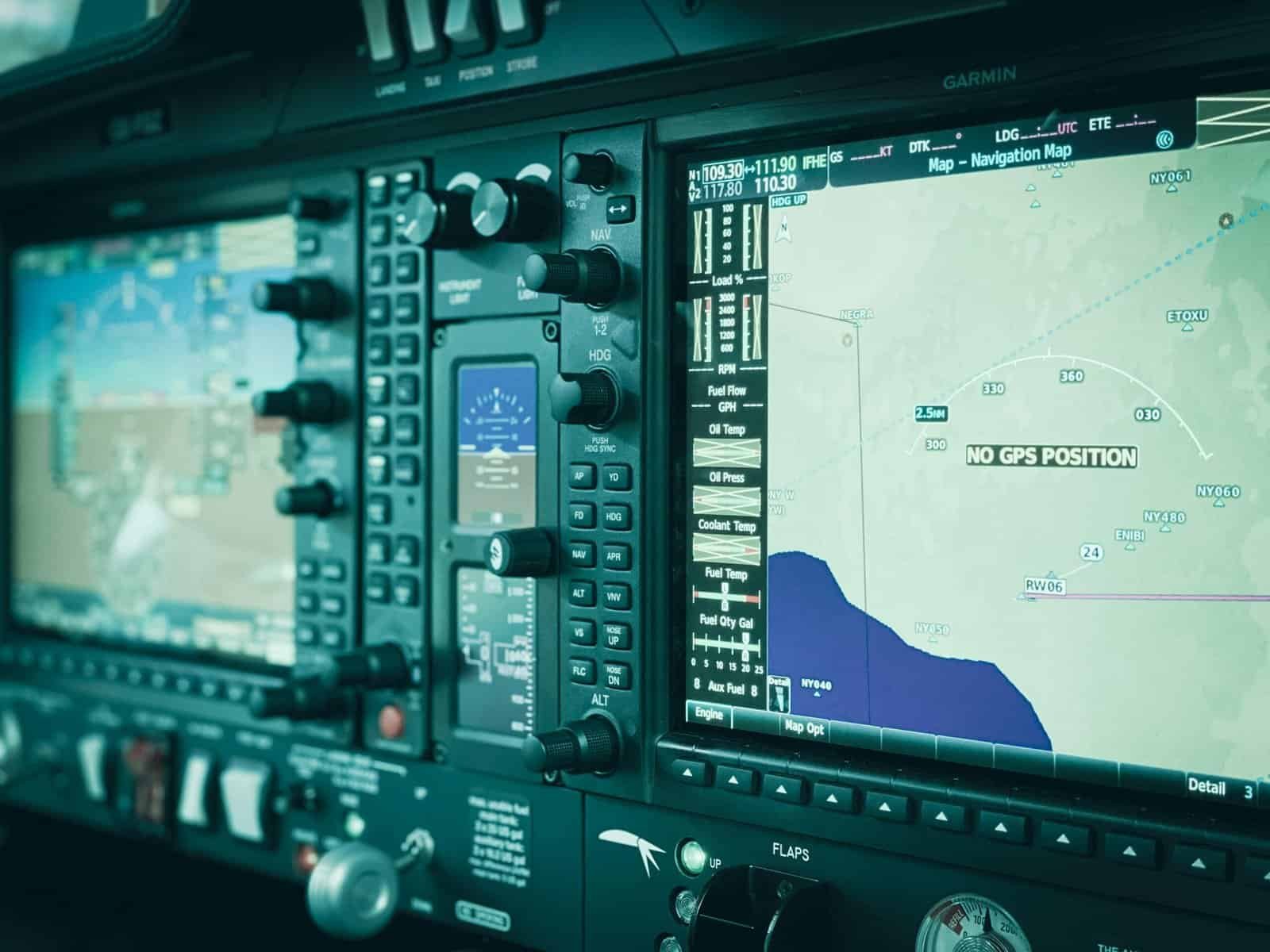Have you ever wondered where you might be able to find historical data on groundwater levels? In the modern world, tracking and understanding these levels can be essential for various endeavors, such as agriculture, construction, environmental assessment, and even policymaking. With an extensive wealth of information out there, it’s crucial to know where to start your search to get the most accurate and useful data.
Why Understanding Groundwater Levels Is Important
Groundwater levels are a critical component of our planet’s water cycle. They impact not only the environment but also many human activities. As such, having access to historical data is vital for making informed decisions. Whether you are a researcher looking into climate change impacts, a farmer needing to manage irrigation, or a government official planning resource allocations, understanding these levels can help forecast future trends and evaluate resource sustainability.
Impact on Agriculture
Agriculture heavily depends on groundwater, especially in regions where surface water is scarce or unreliable. Understanding historical groundwater data can help predict shortages and maintain a steady water supply to crops throughout various seasons. This foresight can prevent crop failures and improve food security.
Relevance to Environmental Studies
Groundwater is linked to various ecosystems, contributing to the health of wetlands and rivers. Monitoring these levels can indicate changes in the ecosystem, potentially signaling broader environmental changes. Historical data can uncover trends that may predict future issues, allowing for preemptive action to protect these vital ecosystems.
Urban Planning and Construction
Urban planners and construction companies use historical groundwater data to inform their projects. Knowledge of past groundwater conditions can affect structural design choices for buildings and infrastructure. High groundwater levels might require different foundation approaches to avoid flooding and structural damage.
Sources of Historical Groundwater Data
Finding reliable sources is crucial in obtaining accurate historical groundwater data. Several organizations and resources provide this information, generally sourced from government agencies, research institutions, or international organizations. Here’s a breakdown of major sources where you might access this data:
Government Agencies
Many government agencies maintain extensive databases of historical groundwater data. Usually, these are publicly accessible and offer comprehensive insights into national and regional water tables.
United States Geological Survey (USGS): In the United States, the USGS provides a thorough collection of groundwater data, including levels, quality, and other relevant characteristics. Their National Water Information System (NWIS) is a particularly valuable resource for researchers and policymakers.
Environment Agency (UK): The Environment Agency offers vital information on groundwater levels across various parts of the UK. They provide open data sets that researchers and the general public can access.
Geological Survey of Canada (GSC): Canada’s GSC provides groundwater information, with detailed reports on historical levels and quality across Canadian provinces and territories.
Academic Institutions
Universities and research institutes often conduct studies related to groundwater and may have repositories of historical data. These sources might be useful for accessing regional and specialized data.
University Libraries: Some university libraries possess archives of geological surveys and other pertinent records which are accessible to students and sometimes the public.
Research Publications: Papers published in academic journals often include historical data sets. These can be a great source of refined, peer-reviewed information.
International Organizations
When your focus is more global, international organizations often provide comprehensive datasets that span many countries and regions.
World Meteorological Organization (WMO): The WMO collaborates with national agencies to offer climate-related data, which often intertwines with groundwater information.
United Nations Environment Programme (UNEP): UNEP provides environmental data, including groundwater details as part of larger environmental monitoring efforts.
Global Runoff Data Centre (GRDC): Although more focused on surface water, the GRDC’s data can complement groundwater findings, offering a full picture of water resource availability.

How to Access and Utilize This Data
Accessing and interpreting historical groundwater data requires a systematic approach. Different formats and datasets can appear daunting at first, but with a strategized approach, you can make the most out of the available information.
Accessing Data Online
With the digital age, many databases are available online, often free of charge. You might need to register to access these databases fully, but this process is usually straightforward. Websites typically have user guides to navigate through different data categories.
Understanding Data Formats
Data can be available in various formats such as graphs, tables, or raw data files (like CSV or Excel). Each format serves different purposes, whether aiming to understand trends visually or analyze data statistically.
Graphs and Charts: Useful for quick visual insights into trends over time.
Raw Data Files: Essential for in-depth analysis, allowing you to apply statistical tools to understand intricate patterns.
Analyzing Data for Desired Insights
Analyzing historical groundwater data involves:
Trend Analysis: Identifying patterns or changes in groundwater levels over time.
Comparison Studies: Comparing levels across different regions or timeframes to ascertain the impact of diverse factors.
Predictive Modeling: Using historical data to predict future levels, assisting in strategic planning and decision-making.
Correlation Studies: Determining relationships between groundwater levels and other factors, such as rainfall, temperature, or human activities.
Challenges in Gathering Historical Groundwater Data
While there’s a wealth of information available, gathering and using historical groundwater data comes with its challenges. Recognizing these can help you prepare and adapt your research strategy.
Data Availability
In some regions, particularly in developing countries, historical groundwater data might be sparse or non-existent. This scarcity can result from limited monitoring infrastructure and a lack of resources for data collection and processing.
Data Uniformity
The format and collection methods of groundwater data can differ significantly between regions and organizations. These inconsistencies can make it challenging to compare datasets or compile comprehensive analyses.
Data Interpretation
Interpreting historical data requires not only a grasp of the technical aspects but also an understanding of the environmental and social contexts during data collection. Regional climatic conditions, population growth, and agricultural practices are among the factors influencing groundwater levels and should be considered in analysis.

Technologies Enhancing Groundwater Data Collection
Advancements in technology are aiding in more accurate and comprehensive data collection and analysis. Several modern techniques are enhancing how groundwater levels are monitored and studied.
Satellite Remote Sensing
Satellite technology allows researchers to monitor large-scale changes in groundwater levels over time. Satellites like NASA’s GRACE (Gravity Recovery and Climate Experiment) provide data on Earth’s water storage changes, offering insights into groundwater fluctuations.
Geographic Information Systems (GIS)
GIS technology aids in visualizing and analyzing groundwater data spatially. By overlaying various data sets, users can gain deeper insights into how groundwater levels correlate with geographical and anthropogenic features.
Automated Sensor Systems
Groundwater monitoring wells equipped with modern sensor technologies provide real-time data on groundwater levels and quality. These systems transmit data remotely, reducing the need for manual sampling and ensuring continuous monitoring.
Ethical Considerations
When handling historical groundwater data, ethical considerations must be kept in mind to ensure data integrity and respect for local communities.
Data Privacy and Ownership
Understanding who owns the data and ensuring its use complies with local and international data-use agreements is vital. Some groundwater data might be sensitive or proprietary, requiring permission for access and use.
Respecting Indigenous Knowledge
Many regions have indigenous communities with traditional knowledge of local groundwater systems. Respecting and integrating this knowledge appropriately can enhance scientific findings and ensure more culturally sensitive outcomes.
Sustainable Use of Data
Data-driven decisions should be sustainable, considering the long-term impacts on communities and ecosystems. This approach ensures that solutions for current challenges do not create future problems.

Future Directions in Groundwater Data Research
The field of groundwater research is continuously evolving, with ongoing efforts to improve data accuracy, accessibility, and interpretation. Future directions include:
Improved Data Sharing
Efforts to standardize data collection and sharing globally can facilitate more seamless access to historical groundwater data. International collaboration can foster more comprehensive datasets and shared methodologies.
Integration of Climate Projections
Incorporating climate projections into groundwater data analysis will refine the ability to predict future conditions. Understanding how climate change might affect groundwater levels is critical for developing adaptive strategies.
Enhanced Modeling Techniques
Advanced modeling techniques can improve predictions and scenario analyses, helping forecast impacts of policy changes and environmental conditions on groundwater resources.
In conclusion, exploring historical data on groundwater levels opens up myriad possibilities for informed decision-making across sectors. Although challenges remain, leveraging the right sources and technologies can yield invaluable insights, empowering you to make strategic decisions grounded in robust data.
